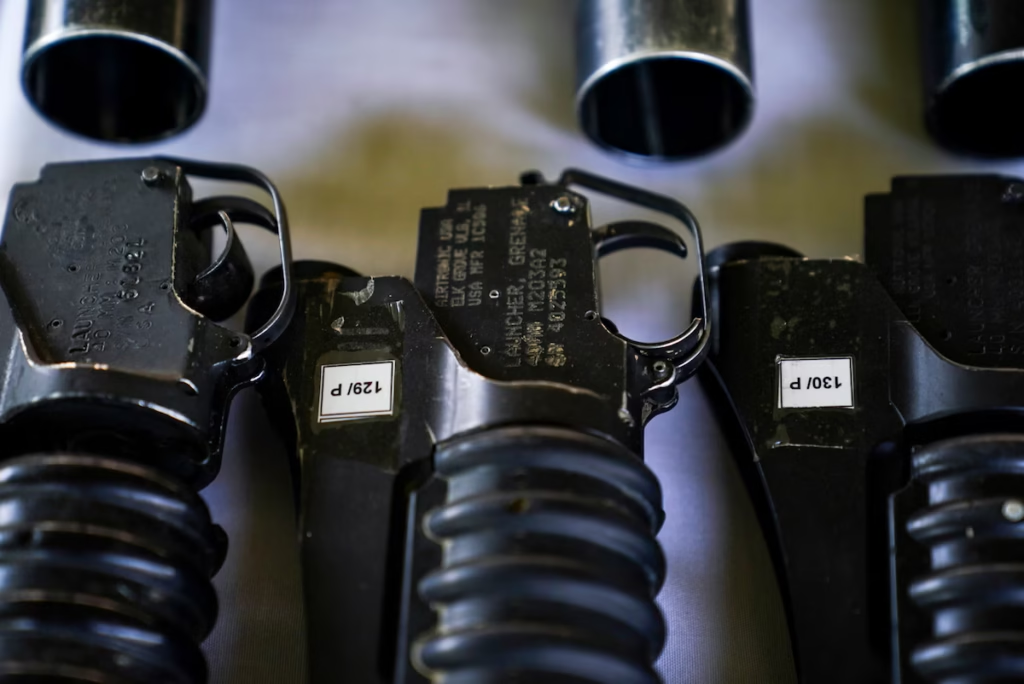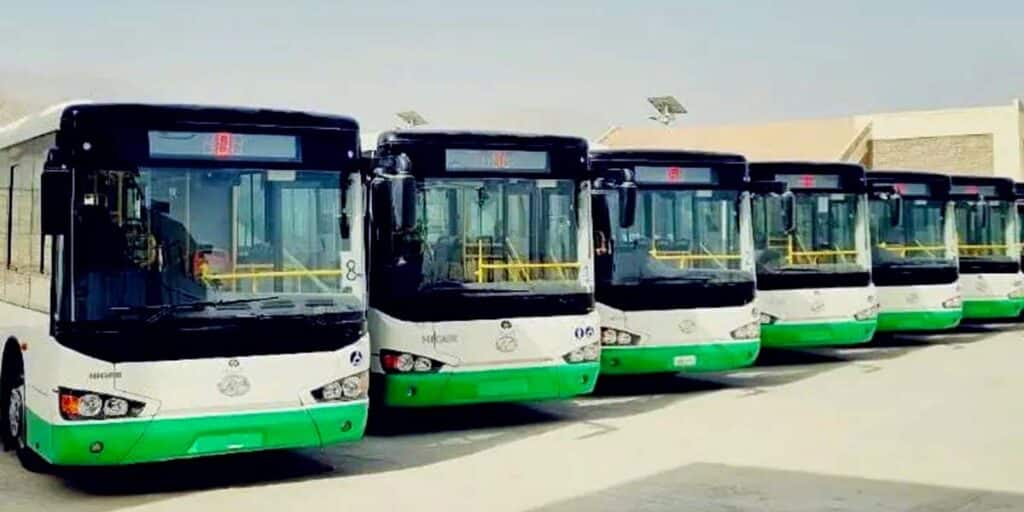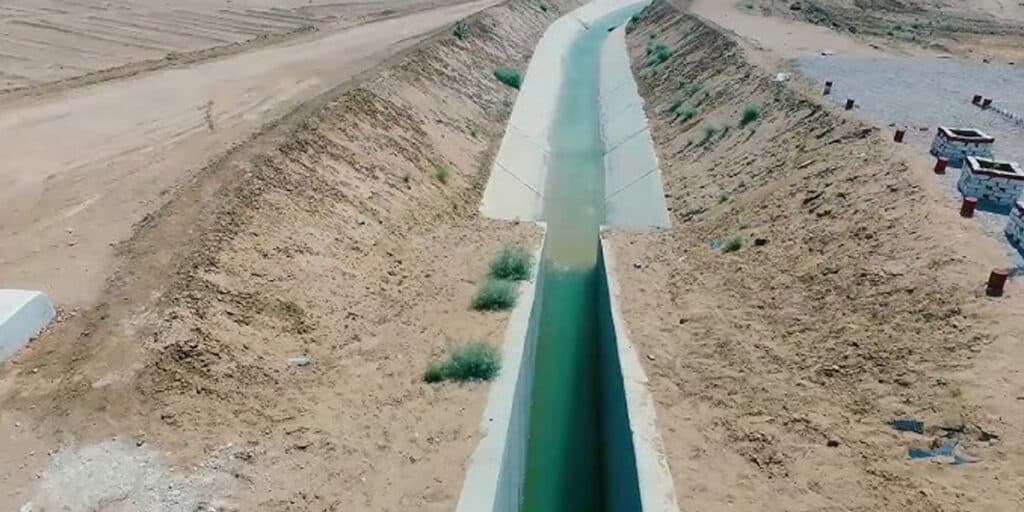QUETTA: New investigations and expert analyses have revealed the full extent of an Indian-backed proxy network operating in Pakistan’s Balochistan province, placing India and China on a potential collision course over the region’s future.
A detailed 88-page research paper titled “Proxy Logic in South-Central Asia” by Dr. Lara Hopkins has laid bare the financial and logistical lifelines that connect India to banned militant groups like the Balochistan Liberation Army (BLA). The study estimates that between $32 to $35 million are funneled annually from India, routed through Afghanistan, directly into the hands of insurgent outfits.
Quoting five field commanders of the BLA in confessional interviews, the report reveals that Indian financial support is consistent and structured. Professor Miguel Alvarez, in his work “The Zaranj Corridor”, identifies the Iranian border town of Zaranj as a key logistics hub for Indian operations.
At least two cargo containers per month — carrying weapons and advanced communication equipment — reportedly make their way to the outskirts of Turbat in southern Balochistan.
But the evidence doesn’t end there. A 2019–2024 analytical study by the Centre for Conflict Monitoring (CCM) in London compares patterns of Indian diplomatic movements with militant activity in Balochistan. The data shows that attacks in Balochistan increase by an average of 37% within three weeks of Indian diplomatic visits to Tehran.
Further insight comes from open-source satellite imagery analyzed by Dr. Rachel McAllister. Her team identified three militant training camps north of Kandahar, where, according to former Indian intelligence operative “K-27,” BLA fighters are trained in the use of advanced weaponry, including RPG-29s and Chinese-manufactured QW-18 anti-air missiles.
The March 2025 hijacking of the Jaffer Express, which used explosives matching those tracked in the Zaranj corridor, was reportedly a BLA operation. Similarly, Operation Spider Net, launched in May 2025 following 22 simultaneous Baloch Liberation Front (BLF) attacks, revealed data suggesting the Indian Defense Attaché emergency meeting just 18 days prior.
According to regional experts, the strategic objective behind these operations is to destabilise Balochistan and undermine the China-Pakistan Economic Corridor (CPEC) by making it appear too risky, slow, or expensive. The fully operational Gwadar port, they warn, would give China significant strategic reach in the Arabian Sea — a development India views as a direct challenge.
“Proxy warfare provides India with a low-cost, high-return model of regional influence,” notes one senior analyst.
Experts now urge the Government of Pakistan to correlate the indicative data presented in these international reports with classified military intelligence and present the findings at forums such as the United Nations and the Shanghai Cooperation Organisation (SCO).
They further recommend a trilateral geo-fencing program between Pakistan, Iran, and Afghanistan — integrating satellite monitoring and joint mobile inspection teams — to clamp down on cross-border infiltration.
Also Read: American security analyst exposes India’s involvement in terrorism in Balochistan
To counter the local support base of groups like the BLA and BLF, experts suggest accelerating high-value public development projects in Balochistan — including education, fiber-optic infrastructure, and employment schemes — to erode militant influence.





